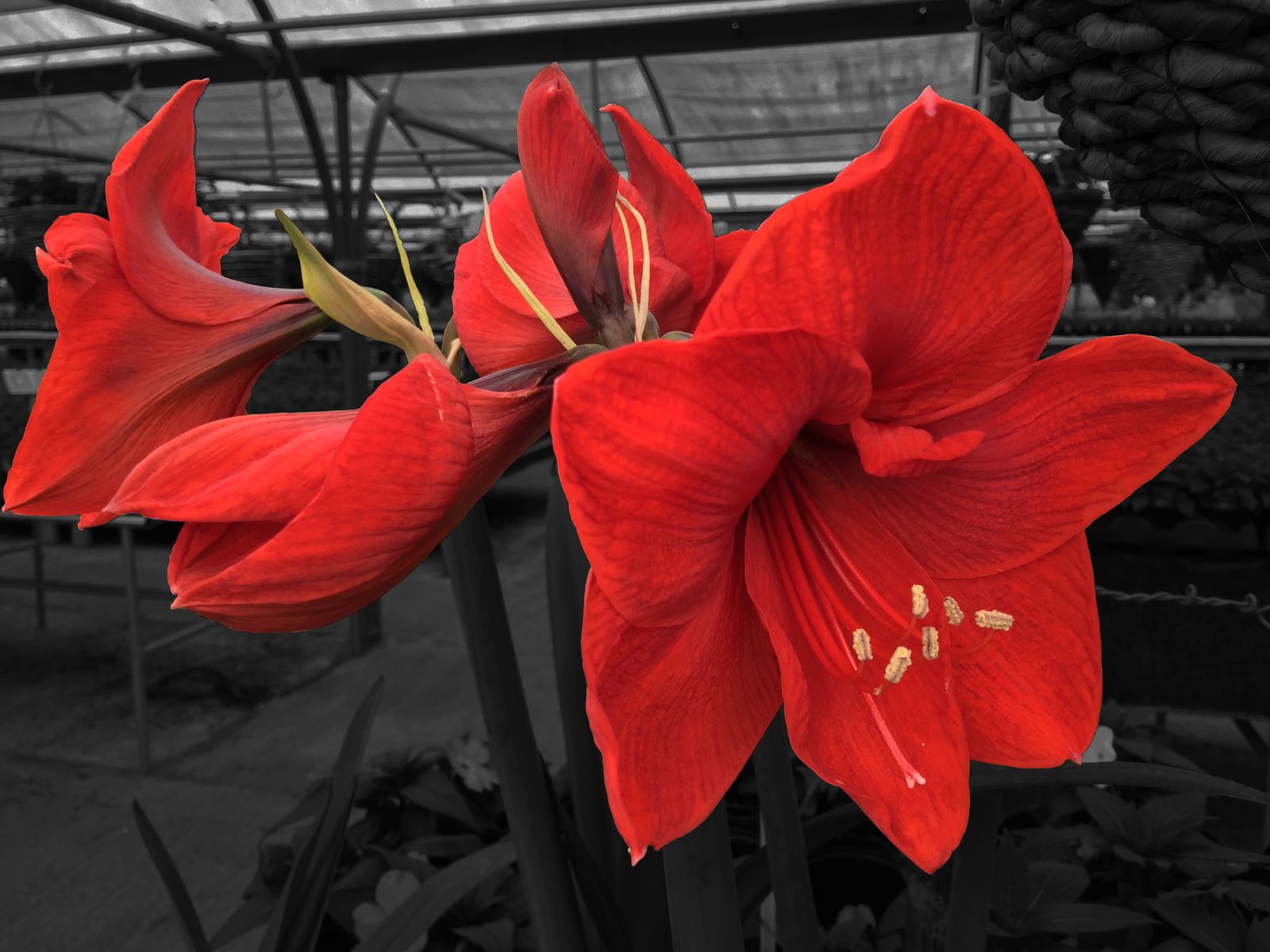
Gardening in shady areas can be a challenge, but with the right plants, you can create a lush and vibrant garden even in the darkest corners. Here are some of the best plants to grow in shady areas of your garden and tips on how to care for them.
#1. Hostas
Hostas are a popular choice for shady gardens due to their attractive foliage and low maintenance requirements. They come in a variety of sizes and colours, from deep green to variegated leaves. Hostas thrive in moist, well-drained soil and can tolerate deep shade.
#2. Ferns
Ferns are perfect for adding texture and greenery to shady areas. They prefer cool, damp conditions and can thrive in both partial and full shade. Some popular fern varieties for UK gardens include the maidenhair fern, hart's tongue fern, and the lady fern.
#3. Heucheras
Heucheras, also known as coral bells, are known for their colourful foliage and delicate flowers. They come in a range of colours, from deep purple to bright lime green. Heucheras prefer well-drained soil and can tolerate both partial and full shade.
#4. Astilbes
Astilbes are shade-loving perennials that produce feathery plumes of flowers in shades of pink, red, and white. They thrive in moist, well-drained soil and can add a splash of colour to shady areas. Astilbes are also deer-resistant, making them a great choice for gardens with wildlife.
#5. Foxgloves
Foxgloves are tall, biennial plants that produce spikes of tubular flowers in shades of pink, purple, and white. They prefer partial shade and well-drained soil. Foxgloves are also attractive to pollinators, making them a great addition to any garden.
#6. Tiarella
Tiarella, also known as foamflower, is a shade-loving perennial with delicate, star-shaped flowers and attractive foliage. They prefer moist, well-drained soil and can thrive in both partial and full shade. Tiarella is also a great ground cover plant for shady areas.
#7. Brunnera
Brunnera, also known as Siberian bugloss, is a shade-loving perennial with heart-shaped leaves and clusters of small, blue flowers. They prefer moist, well-drained soil and can tolerate both partial and full shade. Brunnera is also deer-resistant and can add a touch of elegance to shady areas.
#8. Lamium
Lamium, also known as dead nettle, is a low-growing ground cover plant with attractive foliage and small, tubular flowers. They prefer well-drained soil and can thrive in both partial and full shade. Lamium is also deer-resistant and can help to suppress weeds in shady areas.
#Tips for Caring for Shady Garden Plants
- Watering: Shady areas can sometimes retain moisture, so be mindful of overwatering. Ensure that the soil is well-drained and water only when the top inch of soil feels dry.
- Mulching: Apply a layer of mulch around your plants to help retain moisture and suppress weeds. Organic mulch, such as bark chips or compost, is a great choice for shady gardens.
- Fertilising: Shady garden plants generally require less fertiliser than those in full sun. Use a balanced, slow-release fertiliser in the spring to provide essential nutrients.
- Pruning: Regularly remove dead or damaged leaves to keep your plants looking their best. Prune flowering plants after they have finished blooming to encourage new growth.
By choosing the right plants and providing proper care, you can create a beautiful and thriving garden even in the shadiest areas. Happy gardening!
#Suggested Image
Filename: shady-garden-plants.jpg
This image should depict a variety of shade-loving plants in a lush, shady garden setting.